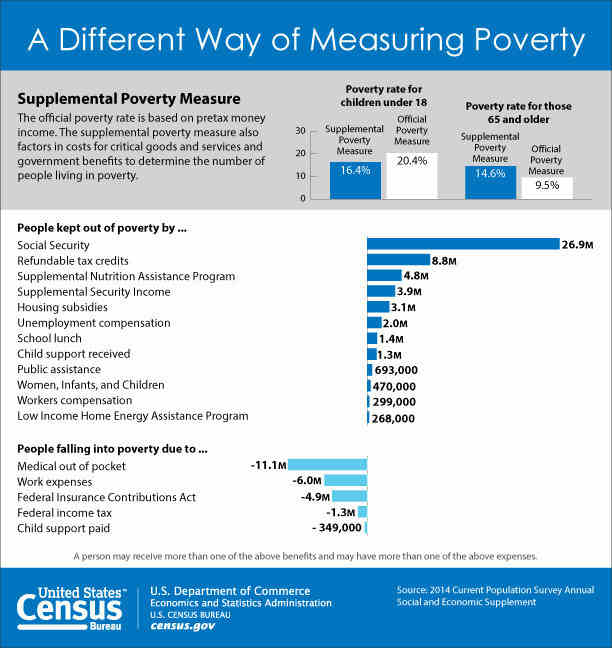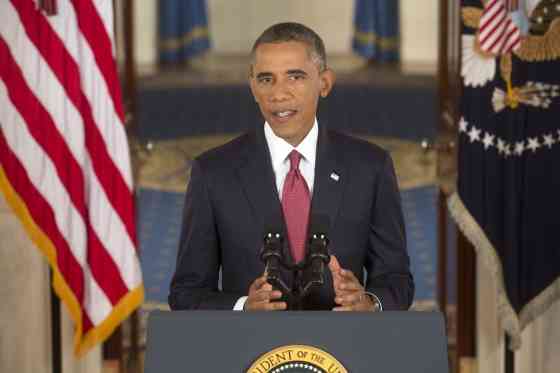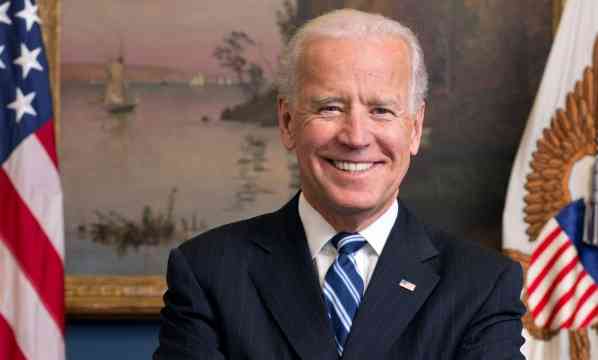What Is the Status of Poverty in the U.S.?

America’s poverty rate was 15.5 percent in 2013, down from 16.0 percent in 2012, according to the supplemental poverty measure released Thursday by the U.S. Census Bureau.
The 2013 rate was higher than the official measure of 14.5 percent, but similarly declined from the corresponding rate in 2012.
Meanwhile, 48.7 million were below the poverty line in 2013 according to the supplemental poverty measure, not statistically different from the number in 2012.
In 2013, 45.3 million were poor using the official definition released last month in Income and Poverty in the United States: 2013.
These findings are contained in the Census Bureau report The Supplemental Poverty Measure: 2013, released with support from the Bureau of Labor Statistics and describing research showing different ways of measuring poverty in the United States.
Related Stories:
Terrorism, Wars, Debt, Ebola…And Now Hunger Troubles America
Is the U.S. Ready to Deal with Ebola Epidemic?
Islamic State to Americans: You Will Not Feel Secure Even in Your Bedrooms
According to the U.S. Census Bureau, the supplemental poverty measure serves as an additional indicator of economic well-being and provides a deeper understanding of economic conditions and policy effects.
Unlike the official poverty rate, the supplemental poverty measure takes into account the impact of different benefits and necessary expenses on the resources available to families, as well as geographic differences in housing costs.
For example, the measure adds refundable tax credits to cash income, which reduces the supplemental poverty rate for all people by nearly three percentage points (18.4 percent to 15.5 percent). For children, the supplemental poverty rate of 16.4 percent would rise to 22.8 percent if refundable tax credits were excluded.
“The supplemental poverty measure is an important tool that helps policymakers and the public judge the effectiveness of social safety-net programs in a way that the official poverty measure cannot,” said Kathleen Short, a Census Bureau economist. “It also helps us track how necessary expenses, such as paying taxes or work-related and medical-out-of-pocket expenses, affect the economic well-being of all families.”
The supplemental poverty measure deducts various necessary expenses from income; these include medical out-of-pocket expenses, income and payroll taxes, child care expenses and work-related expenses.
These expenses reduce income available for purchasing essential basic goods, including food, clothing, shelter and utilities and a small additional amount to allow for other needs.
Deducting medical out-of-pocket expenses increases the supplemental poverty rate by 3.6 percentage points. Without accounting for medical out-of-pocket expenses, the number of people living below the poverty line would have been 37.5 million rather than the 48.7 million people classified as poor with the supplemental poverty measure.
Without adding Social Security benefits to income, the supplemental poverty rate overall would have been 8.6 percentage points higher (or 24.1 percent rather than 15.5 percent). People 65 and older had a supplemental poverty rate of 14.6 percent, equating to 6.5 million. Excluding Social Security would leave the majority of this population (52.6 percent or 23.4 million) in poverty.
The supplemental poverty measure’s poverty thresholds vary by geography, family size, and if a family pays a mortgage, rents or owns their home free and clear.
For example, among the lowest thresholds for families with two adults and two children, about $18,000, were those for homeowners without a mortgage living outside metropolitan areas in Alabama, Arkansas, Georgia, Iowa, Kentucky, Louisiana, Missouri, Mississippi, North Dakota, Oklahoma, South Dakota, Tennessee and West Virginia.
Among the highest for this family type were those for homeowners with a mortgage in the San Jose-Sunnyvale-Santa Clara, Calif.; San Francisco-Oakland-Fremont, Calif.; Santa Cruz-Watsonville, Calif.; and Honolulu, Hawaii, metropolitan statistical areas, around $35,000. The $23,624 official poverty threshold for a family of four was the same no matter where a family lives.
According to the U.S. Census Bureau, the supplemental poverty measure is an effort to take into account many of the government programs designed to assist low-income families and individuals that were not included in the current official poverty measure, released Sept. 16.





